Introduction
This is the third lens in Leica’s historical lens series where they revisit classics and remake them with modern glass and coatings, but with the original basic design. The two previous lenses are the 28mm Summaron which is a tiny lens, originally released in 1954 with a screw mount. Then came the Leica Thambar M 90mm f/2.2, a quirky soft-focus portrait lens from the mid-thirties.
The Leica Noctilux 50mm f/1.2 is rather a different beast. Released in 1966, it was the state-of-the-art lens for shooting in low light; it was very expensive, and very difficult to make, estimates of how many were produced vary between 500 and 2,500. But I understand that the actual number was 1,757.

As a result of this, it has become a photographic legend and a serious collectors’ item with production lenses selling for well over $20,000 and even lens hoods changing hands for around $4,000! Sadly I do not have an original lens to compare with the new one, but I guess that will be true of most people who buy this lovely lens.
I’ve been lucky enough to have a prototype copy of the Noctilux for almost the whole of the lockdown. I’ve used it on both the SL2 and the M10-R and have very much fallen in love. Of course, it has its vices and would not come out well in a technical comparison between the current f/0.95 Noctilux (or the 50 f/1.4 Summilux come to that). Just a glance at the MTF curves shows that pretty clearly. But this lens is an important part of Leica’s history, and it’s great that Leica should re-make it so that we lesser mortals can have a go with it.
History
In 1966 Leica was still a big player in the photojournalism world, and there was an increasing demand for fast lenses for shooting in very low light. Nikon, Minolta, Canon and Leica all produced f/1.2 standard lenses in the 1960s. Canon was first out of the block in 1962 with the 58mm f/1.2, they improved it to 55mm in 1968, but it was not until 1980 that the focal length was changed to 50mm. Nikon hit the market in 1965 with its 55mm f/1.2, in 1978 they managed the 50mm f/1.2 AI Nikkor. Minolta brought out their 58mm f/1.2 in 1966, the same year that Leica trumped them with their 50mm f/1.2 double aspherical.

Work started at Leica in 1957 on the production of aspherical elements: The first lens prototype produced in 1958 was the Summaron 35mm 1:2.8 ASPH. This featured two aspherical surfaces, but never went into production.
A 52mm f/1 ASPH prototype, also featuring two aspherical surfaces, was produced in 1959, but Leica realised the image quality wasn’t good enough at f/1 and settled for f/1.2.

The first prototypes were made in April of 1964. It was designed by Helmut Marx and Paul Sindel. Helmut Marx was Professor Max Berek’s successor as head of the photographic lens design in Wetzlar, and creator of the first Summicron 50 in 1953. The Noctilux 50mm f/1.2 was released as the 11820 in 1966.
Professor Helmut Marx used an Elliott 402F computer to help design and save lots of time ray tracing. This was before he had begun to develop his COMO optimisation program for lens design in the late 60s
The Leica Noctilux 50mm f/1.2 has two aspherical elements (front and rear) which were made on a specially built grinding machine that had to be operated manually. There was only one machine, and only one person capable of operating it, Gerd Bergmann. He had to discard many elements as rubbish.
After the release in 1966, there was much research to produce an f/1 version of the lens with three aspherical elements. Still, in 1970 the project was abandoned because the aspherical technology was in its infancy, and the production costs were immense. The f/1.2 lens remained in production only until 1975.
In 1975, Walter Mandler in Canada designed an f/1 Noctilux without any aspherical elements. It was launched in 1976 and was a great success, staying in production until 2008. In 2009, Leica introduced Peter Karbe’s stunning f/0.95 Noctilux, a double Gauss design with two aspherical elements.

The modern lens
The original Noctilux did not have a filter thread on the front element; it was part of the clip-on lens hood. The new lens does have a filter thread, and as far as I’m aware, that’s the only obvious difference between the new and old lenses. Even the lens hood is superficially identical (although it says “LEICA CAMERA WETZLAR” and misses out the ‘GERMANY’ on the original lens—or at least my prototype does). Otherwise, the size, handling and appearance of the modern lens are just the same as its illustrious predecessor.
It’s a small lens by modern standards, about the same height as the current 50mm Summilux ASPH and only a little fatter. It handles beautifully on an M body, perfectly balanced, but with a much longer focus throw than the more modern M lenses. It focuses down to only one metre. I was hoping it would focus closer, but apparently, that wasn’t possible.
Image quality
First of all, I should say that I had quite an early prototype lens, but I expect that the image quality is pretty representative. It almost behaves like two different lenses.

At f/1.2, nothing is quite sharp, even in focus at the centre, by the edge of the frame it’s very soft, and there is quite a lot of vignetting. It doesn’t sound so good, but it’s actually rather a lovely dreamy look.
By f/2, the centre is quite sharp, and the vignetting has mostly gone. However, the edges and corners are still quite soft. At f/2.8 things have improved further and by f/5.6 everything but the corners is incredibly sharp. The corners, however, are still soft and remain so at all apertures.
Overall contrast is fine, but not like a modern Leica Aspheric. However, stopped down, in common with the rigid Summicron, the Noctilux has incredible micro-contrast and really great acuity. In fact, the image quality is very comparable to the rigid Summicron from about f/4 and on.
Bokeh is lovely (well, I think so, it’s rather a personal subject). Stopping down a little, the 16 aperture blades ensure that the aperture remains completely circular.
Which version?
The Noctilux f/1.2 is coming in two versions. The simple version is £6,500 and is black with an aluminium body. This is the one for normal mortals! There is also a silver-chrome version with a brass body in a strictly limited edition of 100 copies. This will retail for €15,000. Being brass, I imagine it’s pretty heavy; lovely, but more for collectors than for everyday use. I suppose one could buy both.
Conclusion
I really like the concept of remaking classic lenses, and this Noctilux is a lovely example, especially as the second-hand price of the original lens puts it well outside the range of the average photographer.
At £6,500, this lens seems like a something of a bargain, especially considering its rather exotic double aspherical design. (Apparently, it is still pretty difficult to make).
Unlike the 90mm Thambar or the 28mm Summaron (lovely as they are), the Noctilux is very usable as an everyday lens, both on M and SL cameras (and I guess it might also be fun on the CL). Dreamy and strange wide open, stopped down, it is wonderfully sharp, and if you like the look of the classic Leica lenses from the 50s and 60s, this would be an exciting addition. I’m going to start saving.






















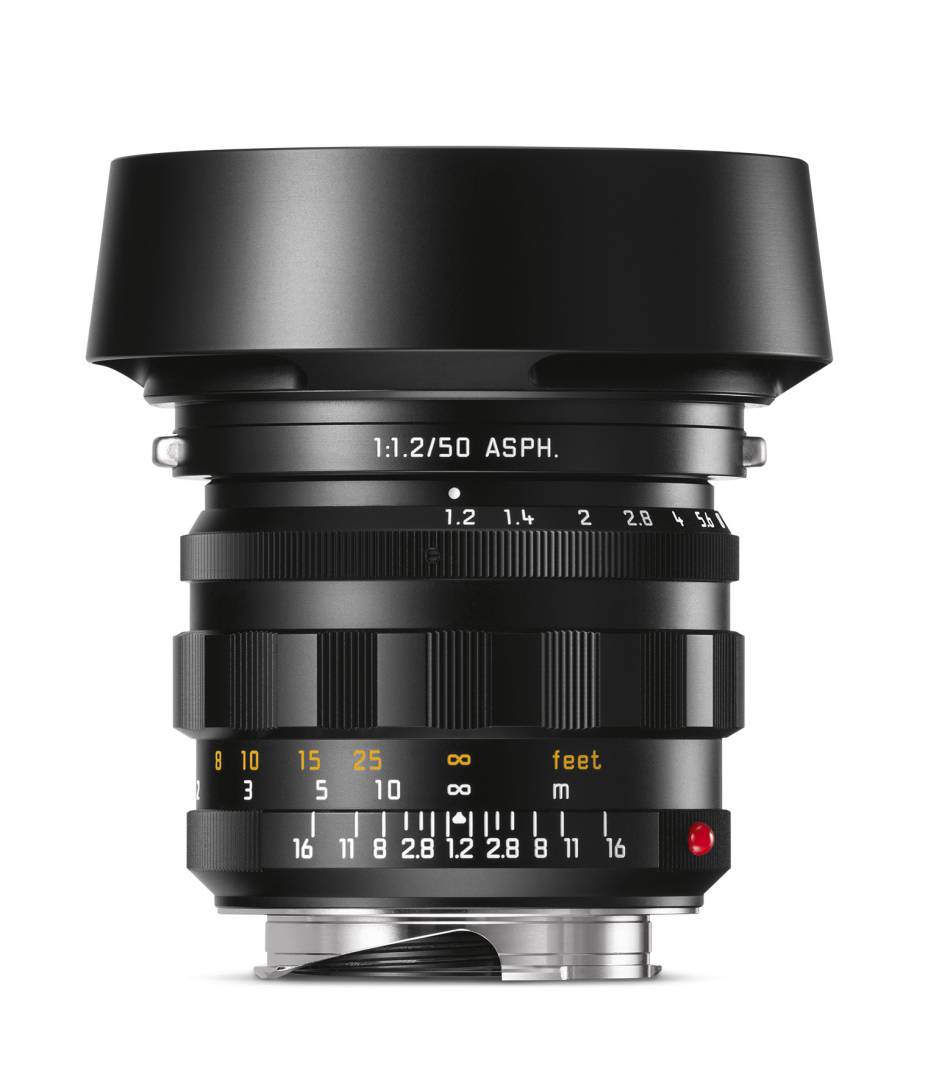
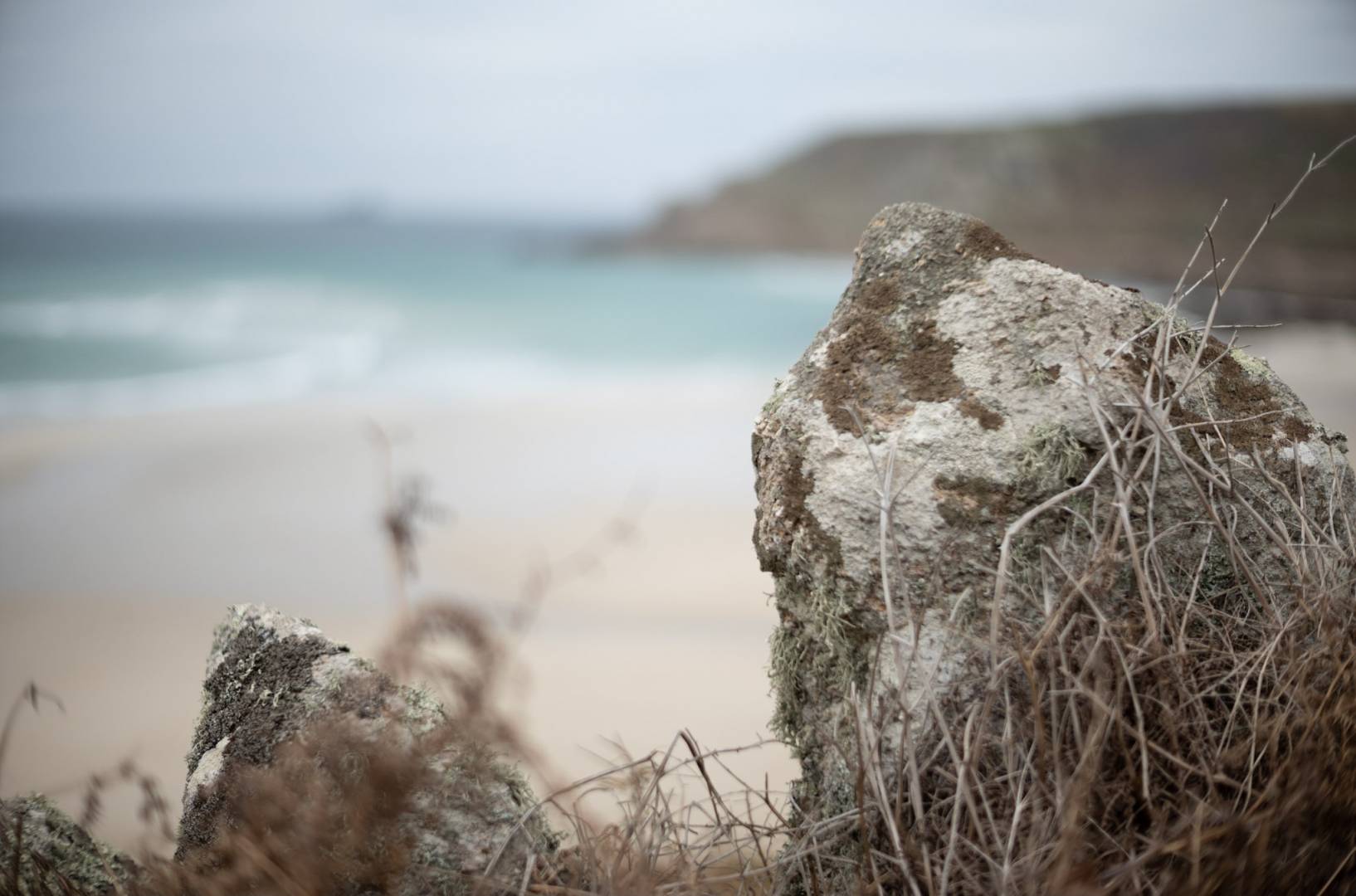


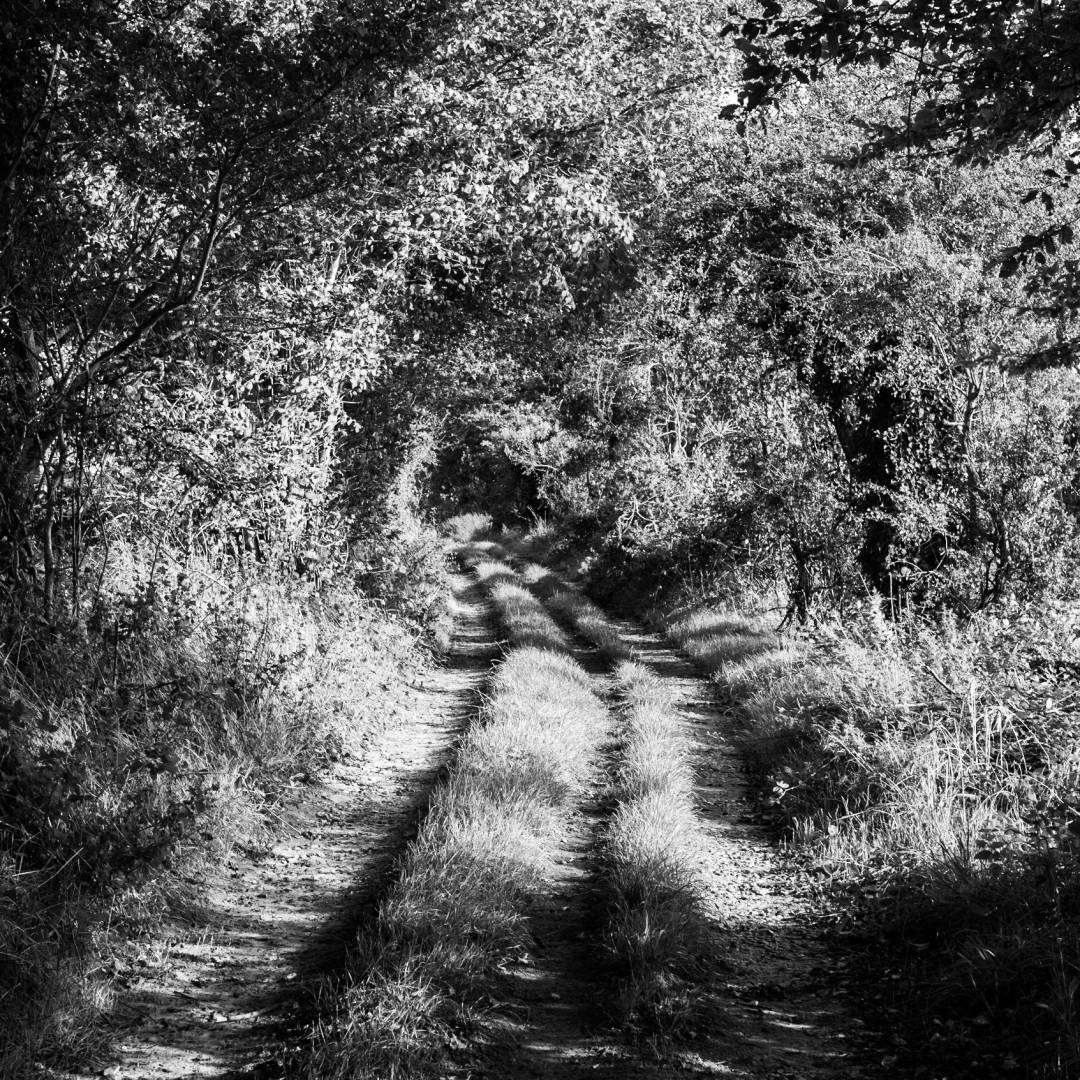
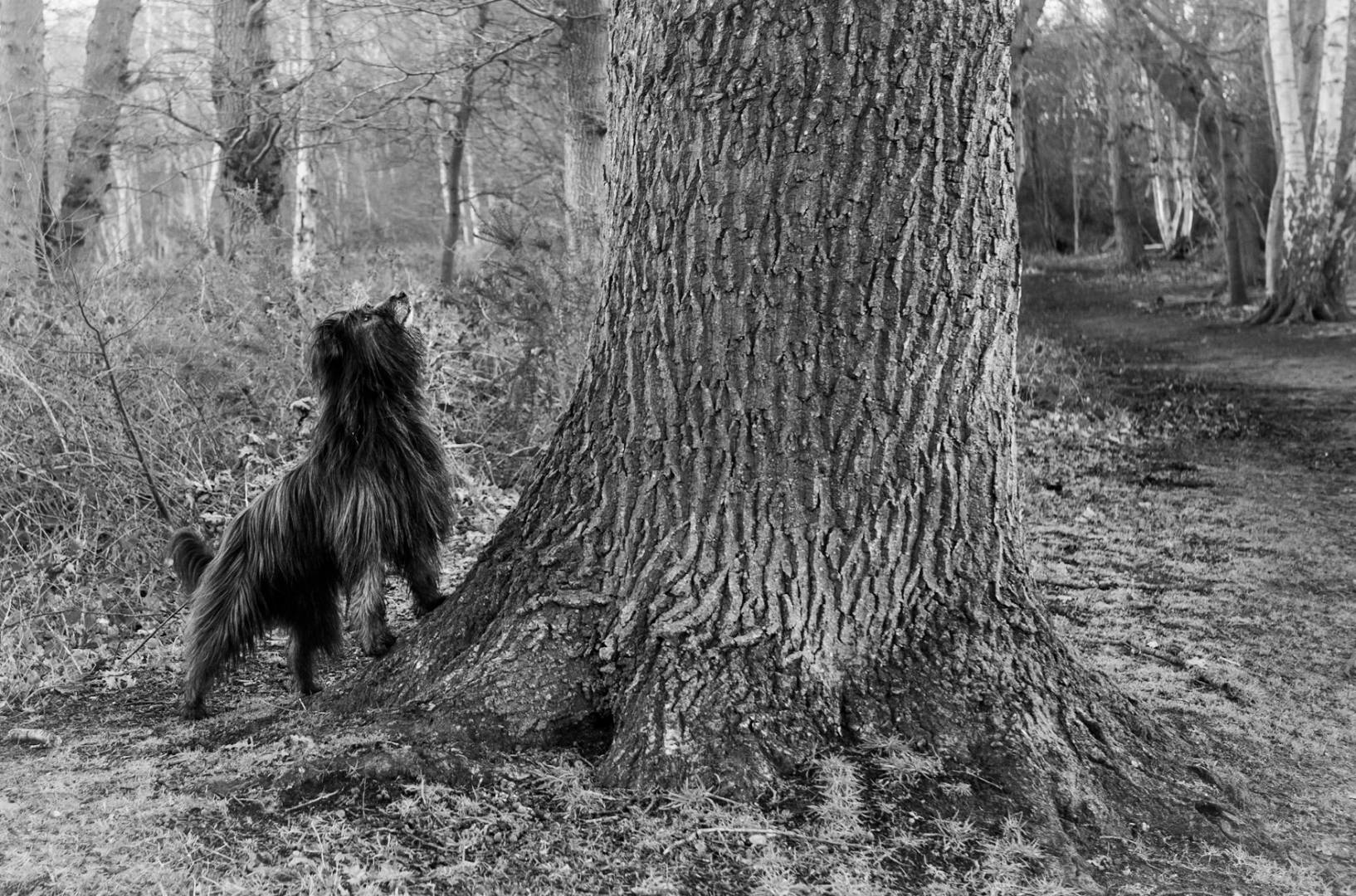

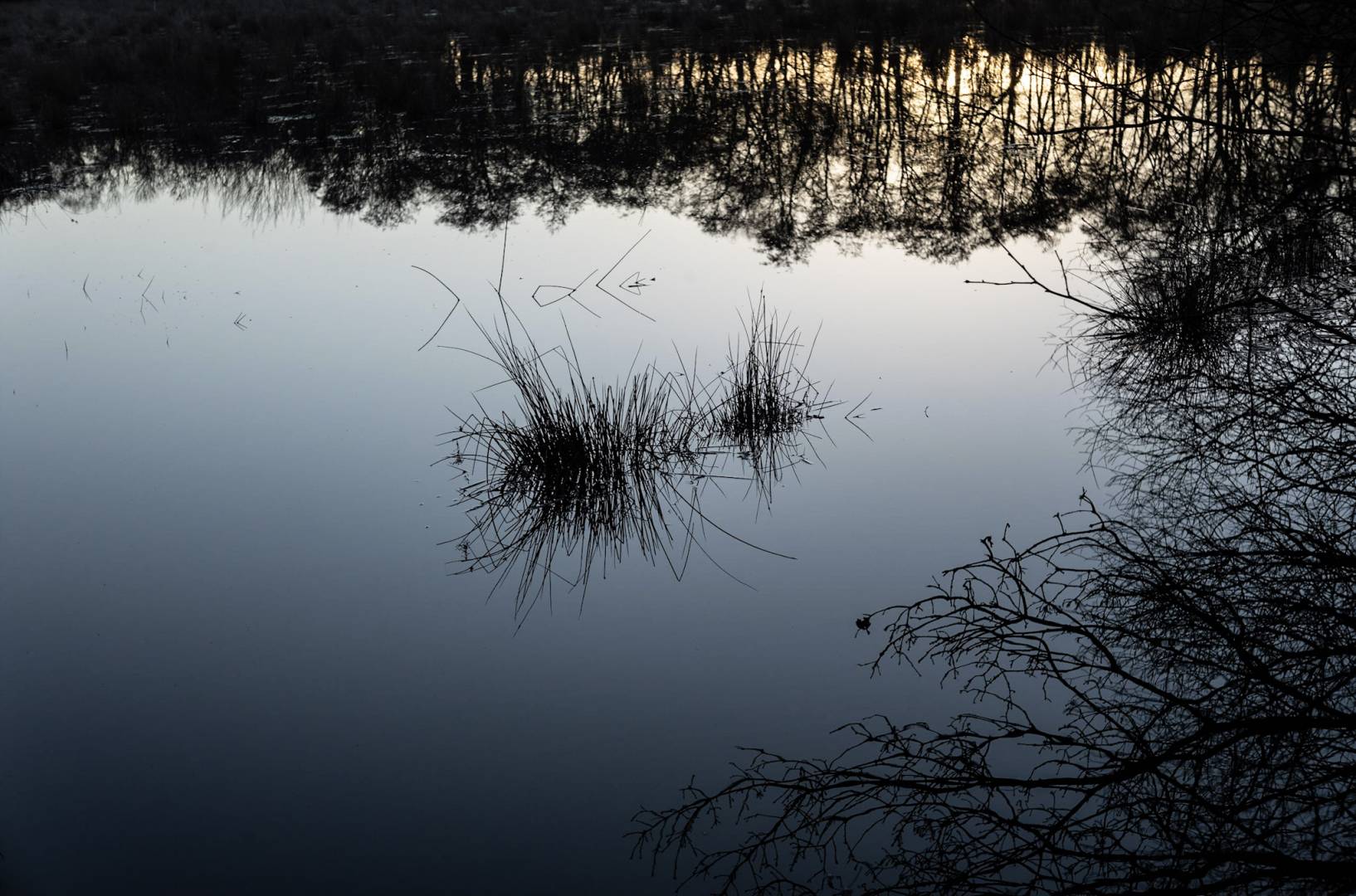





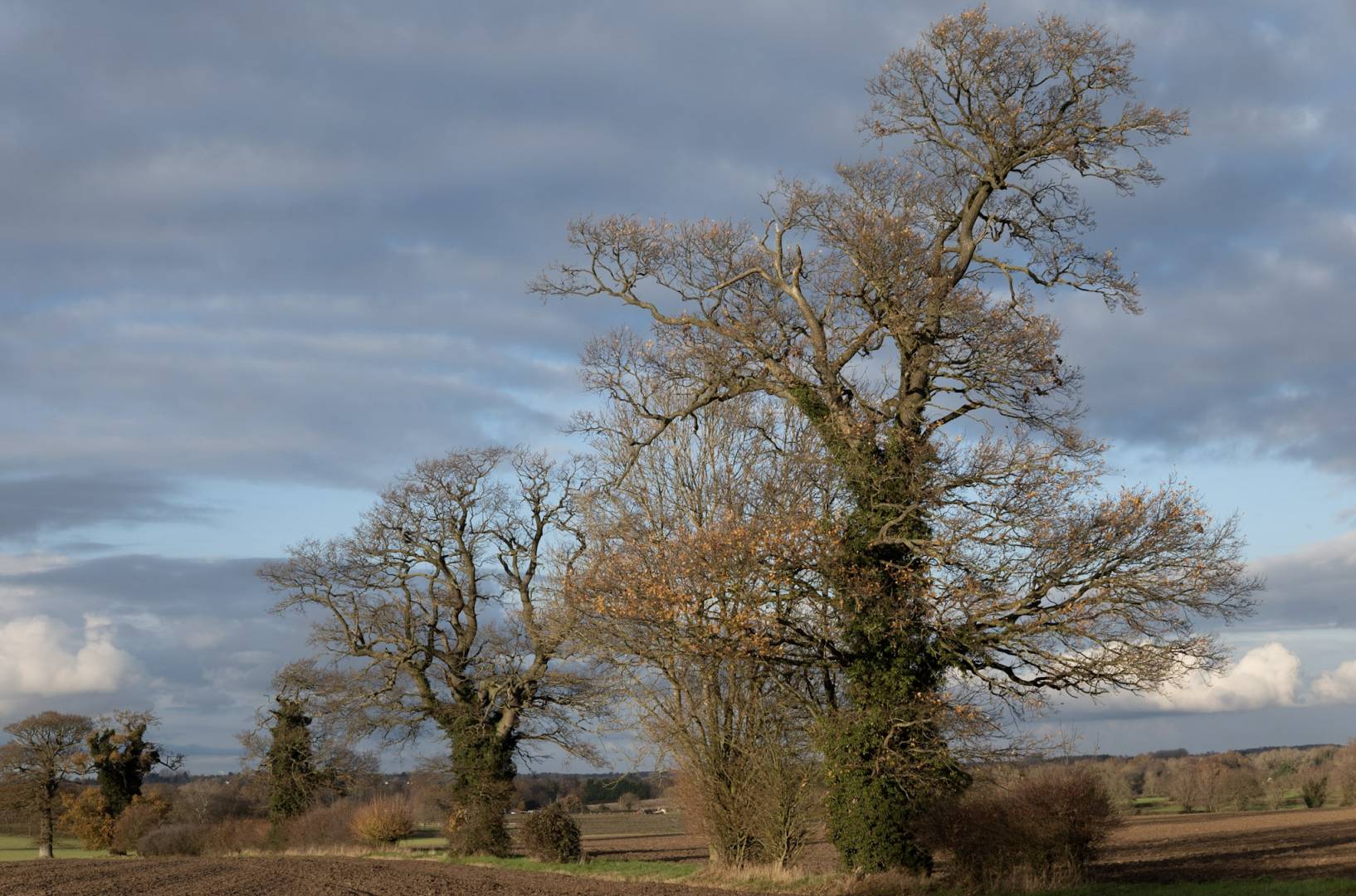

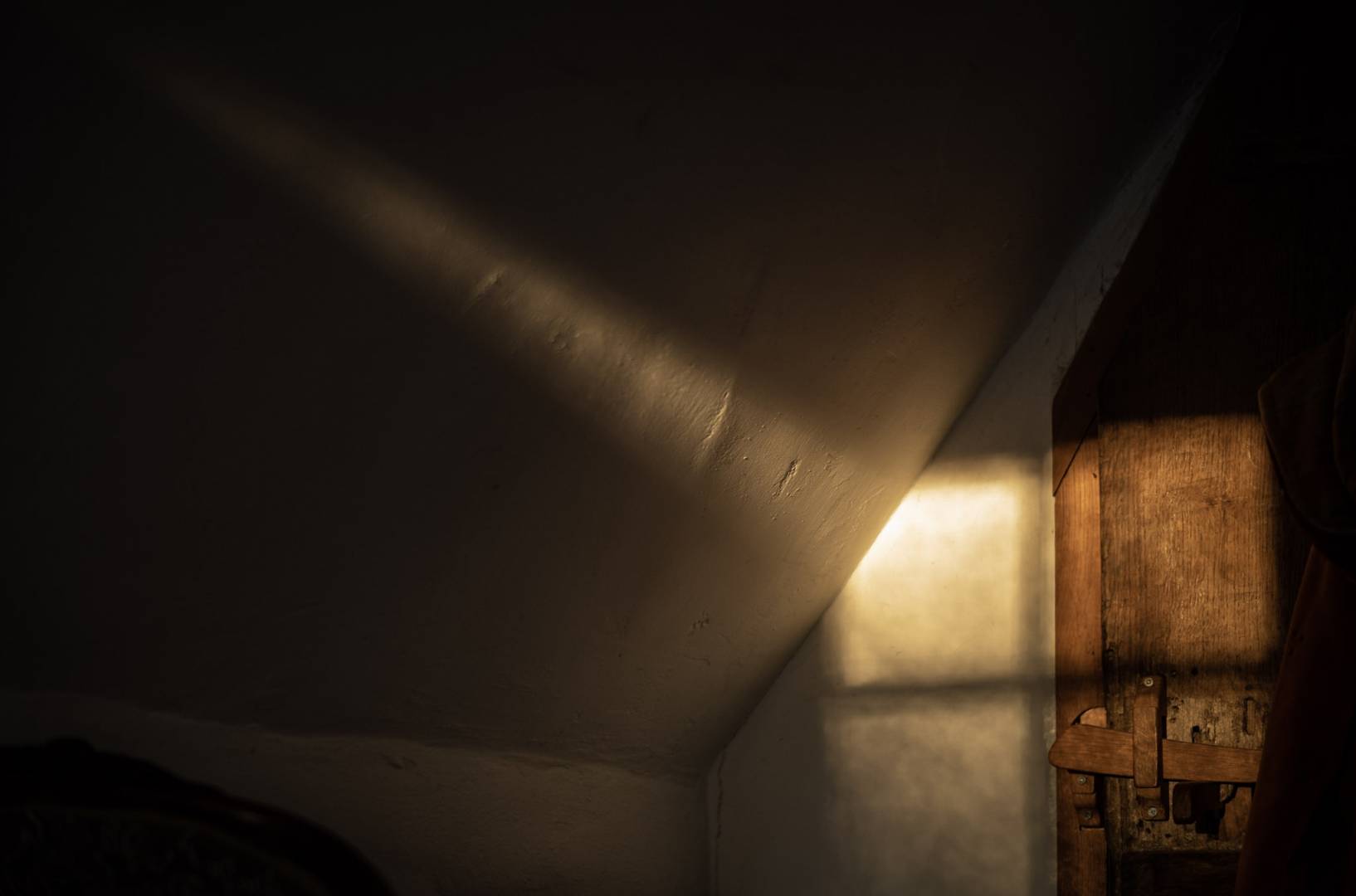
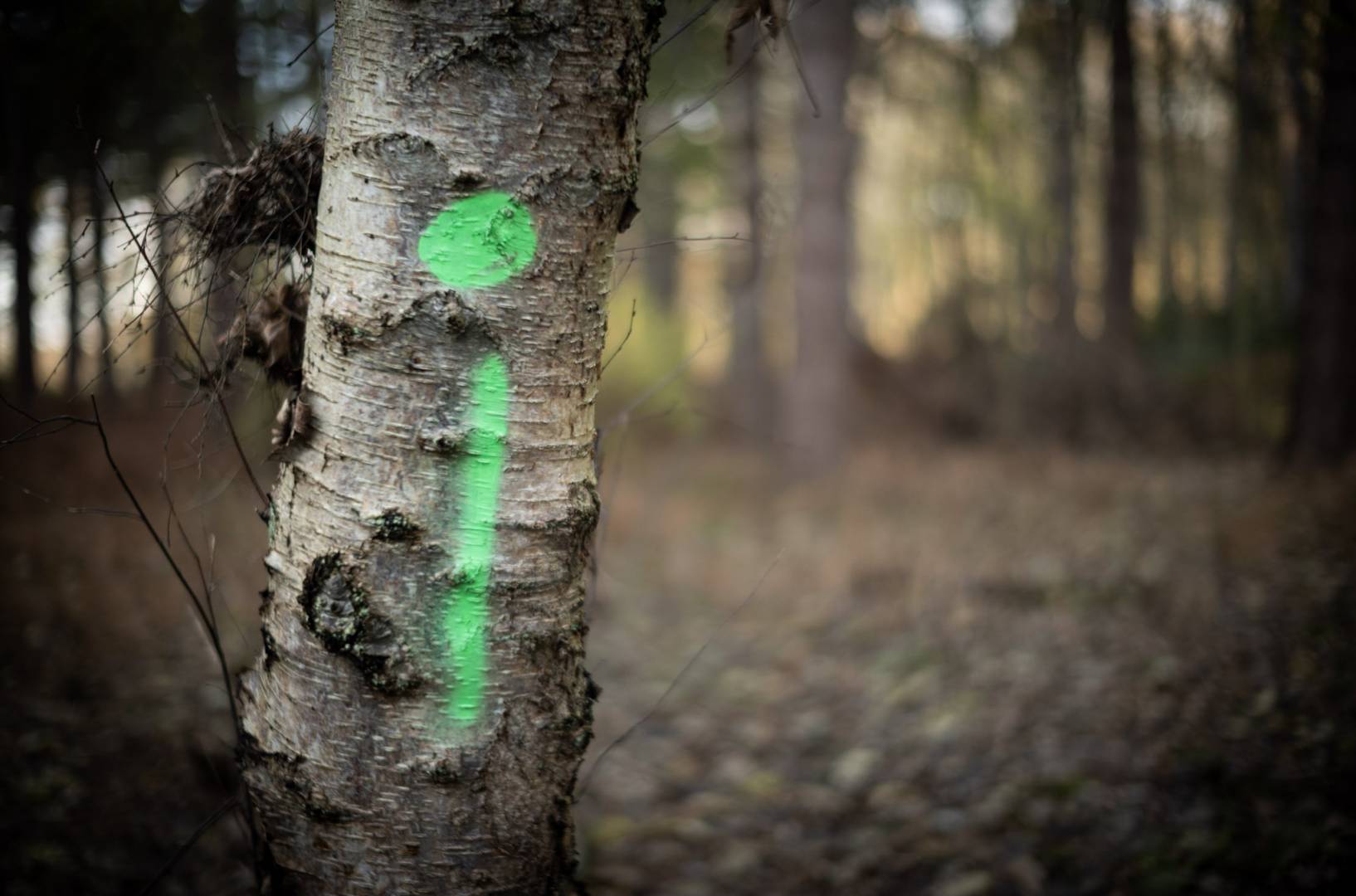
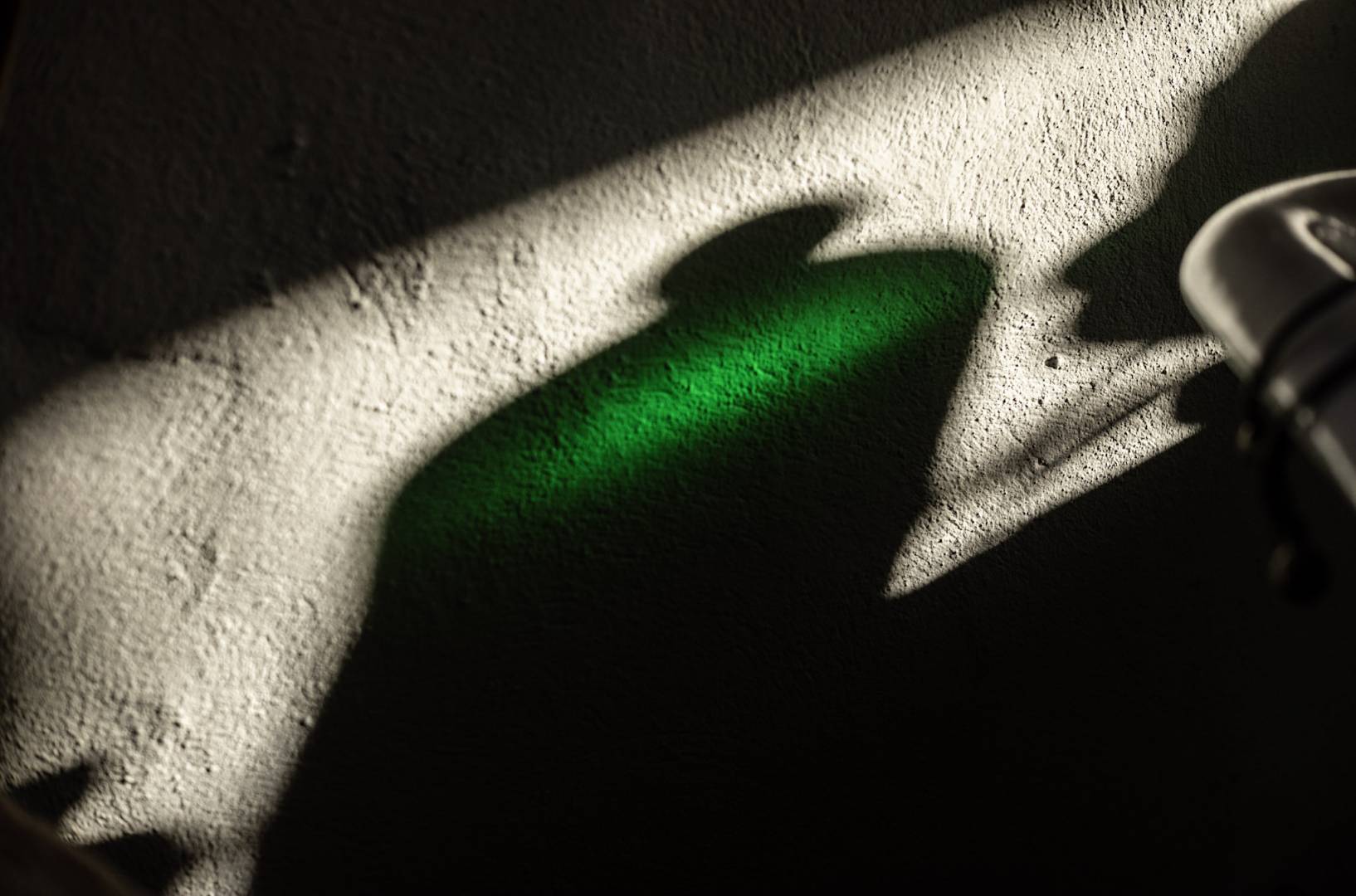


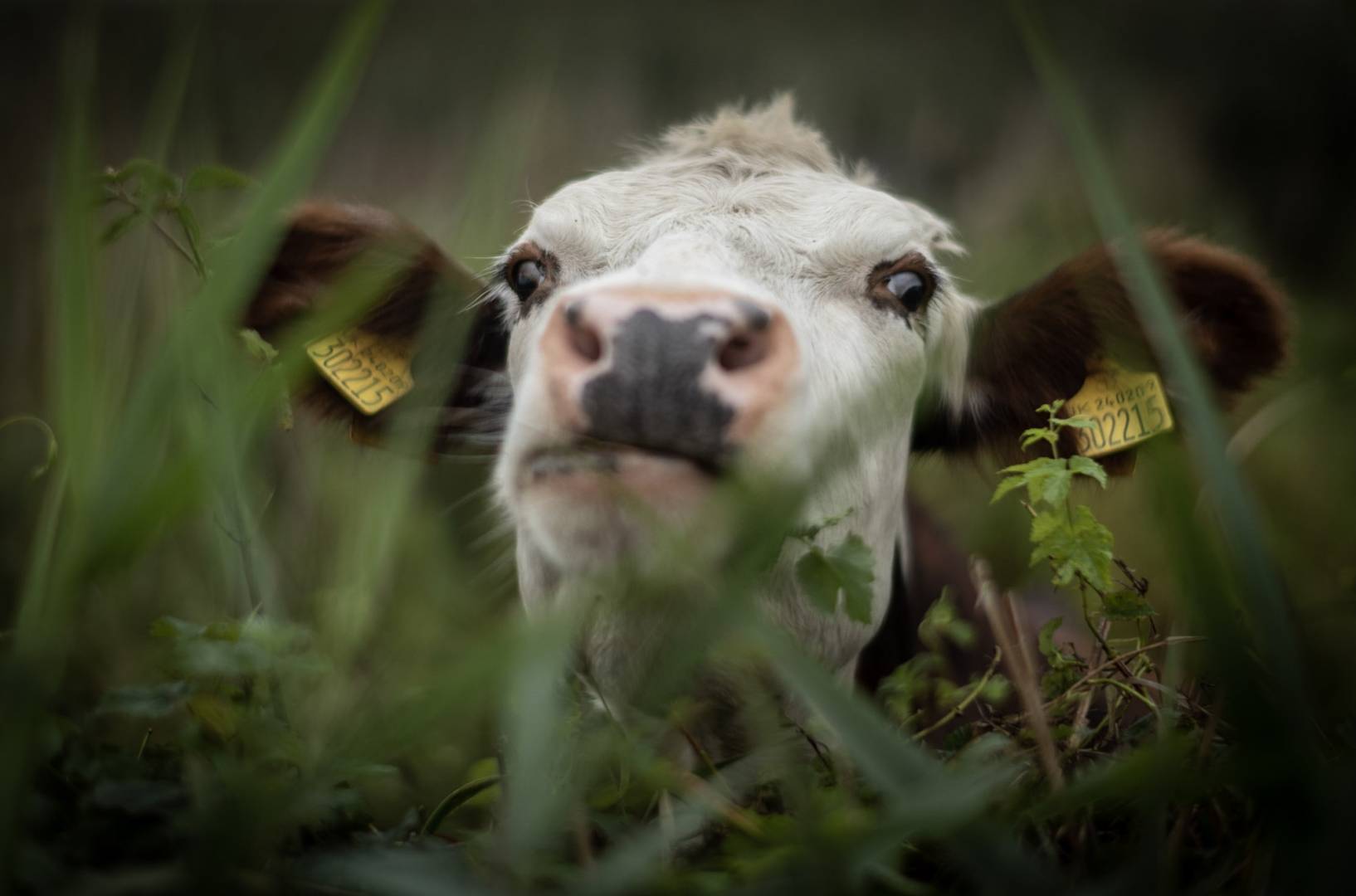

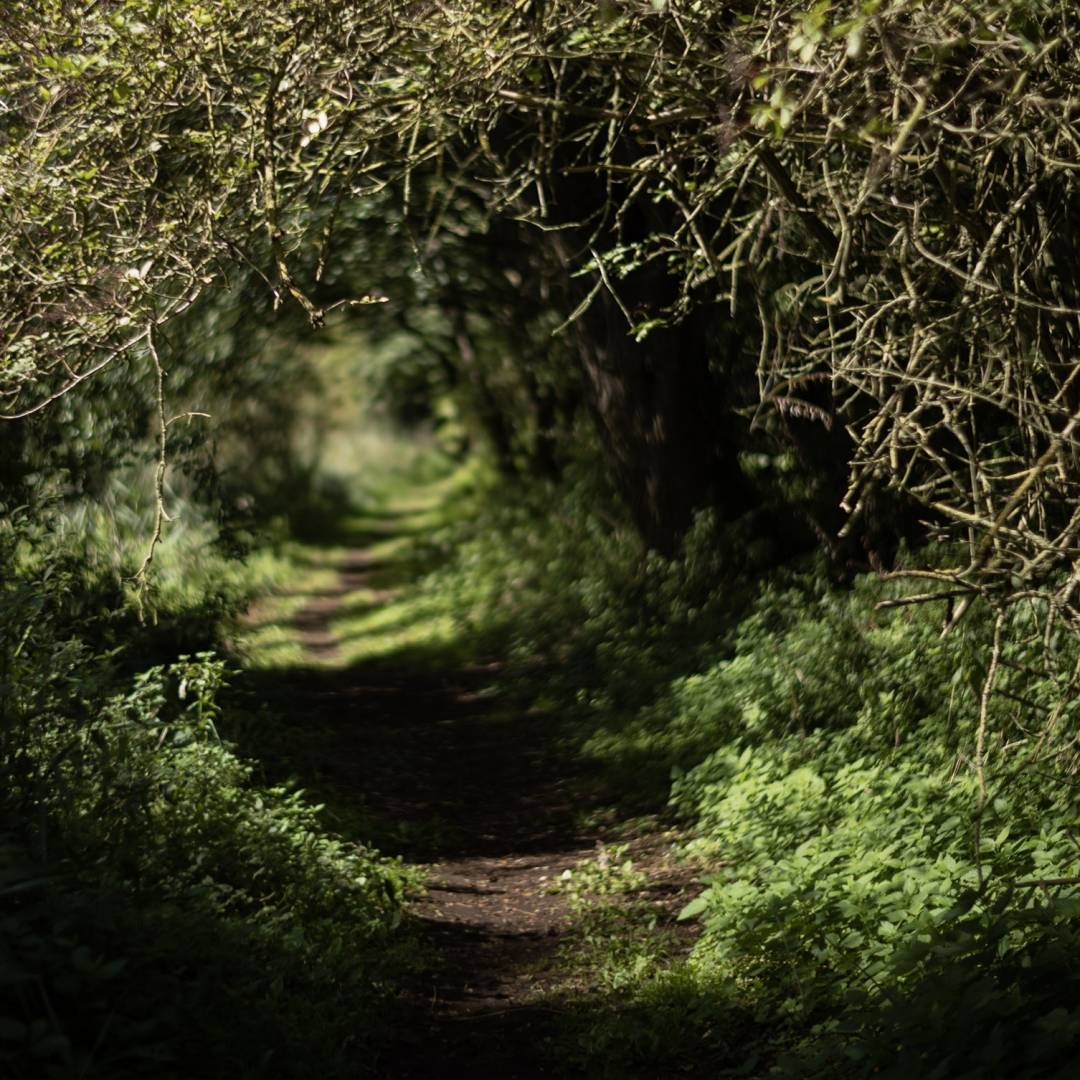
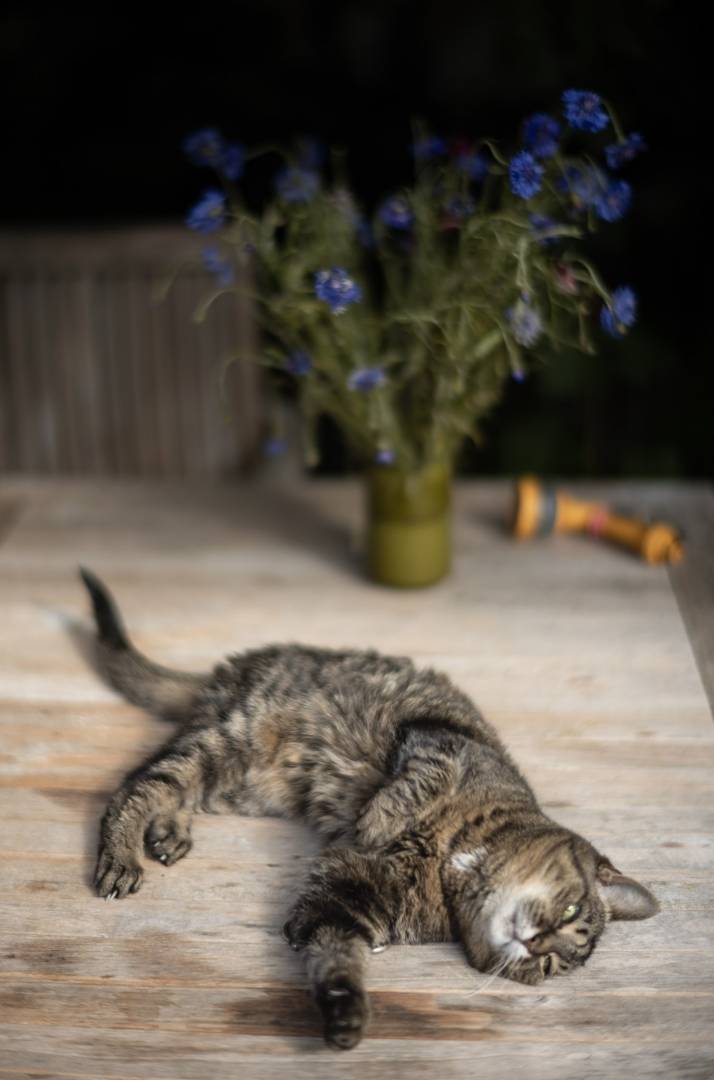
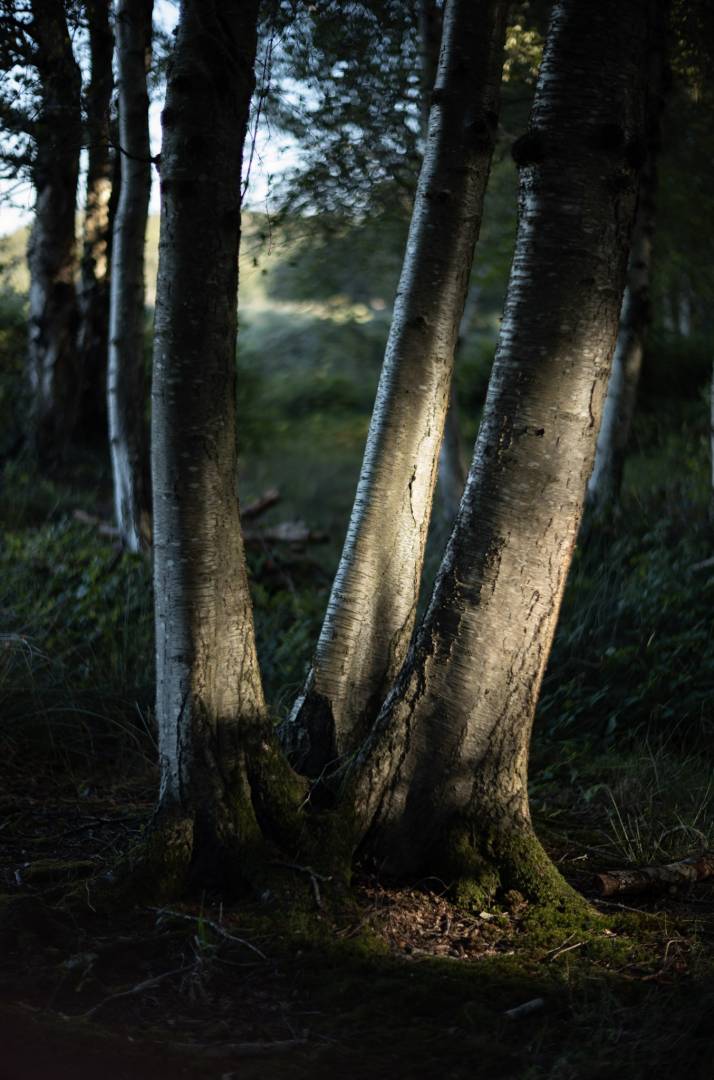


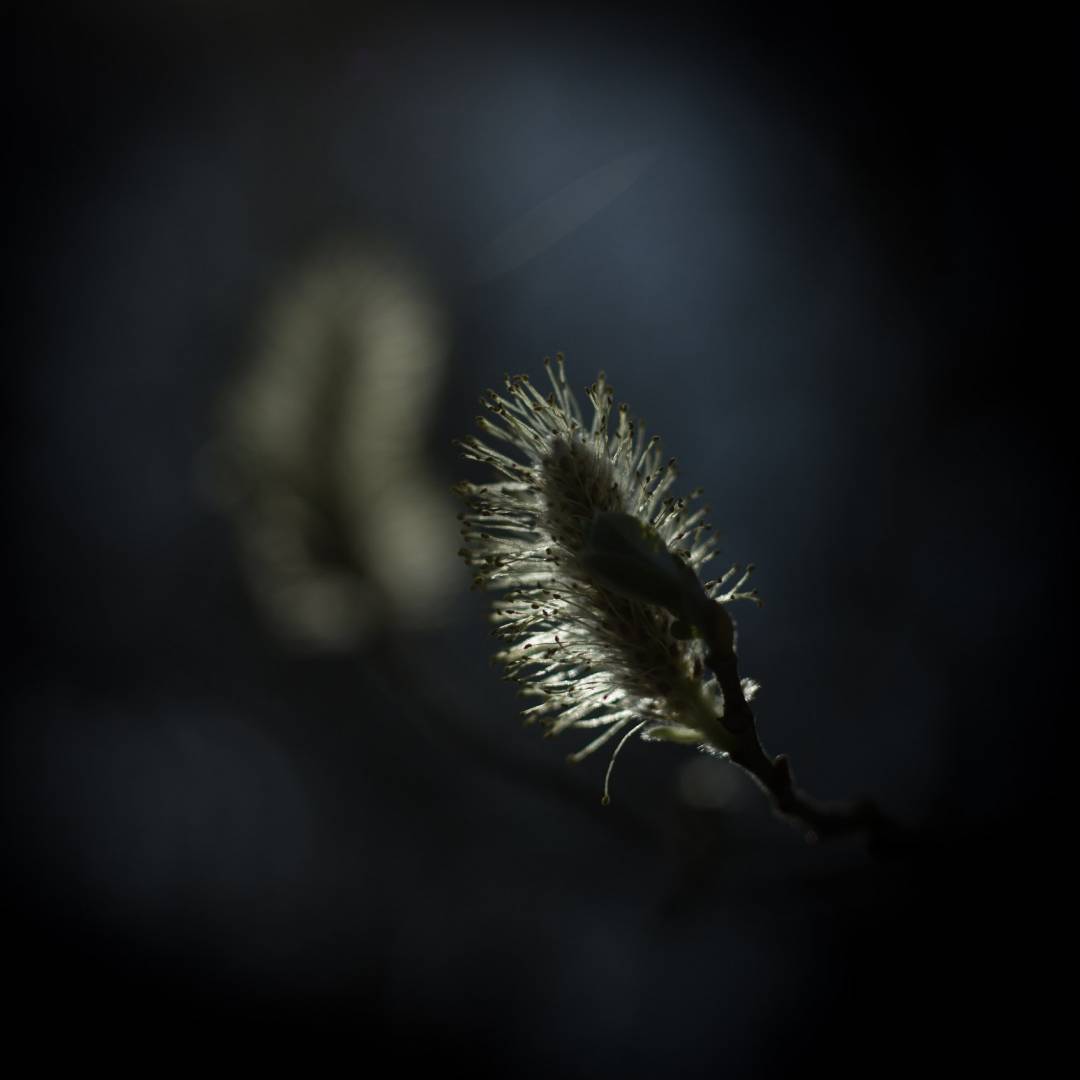

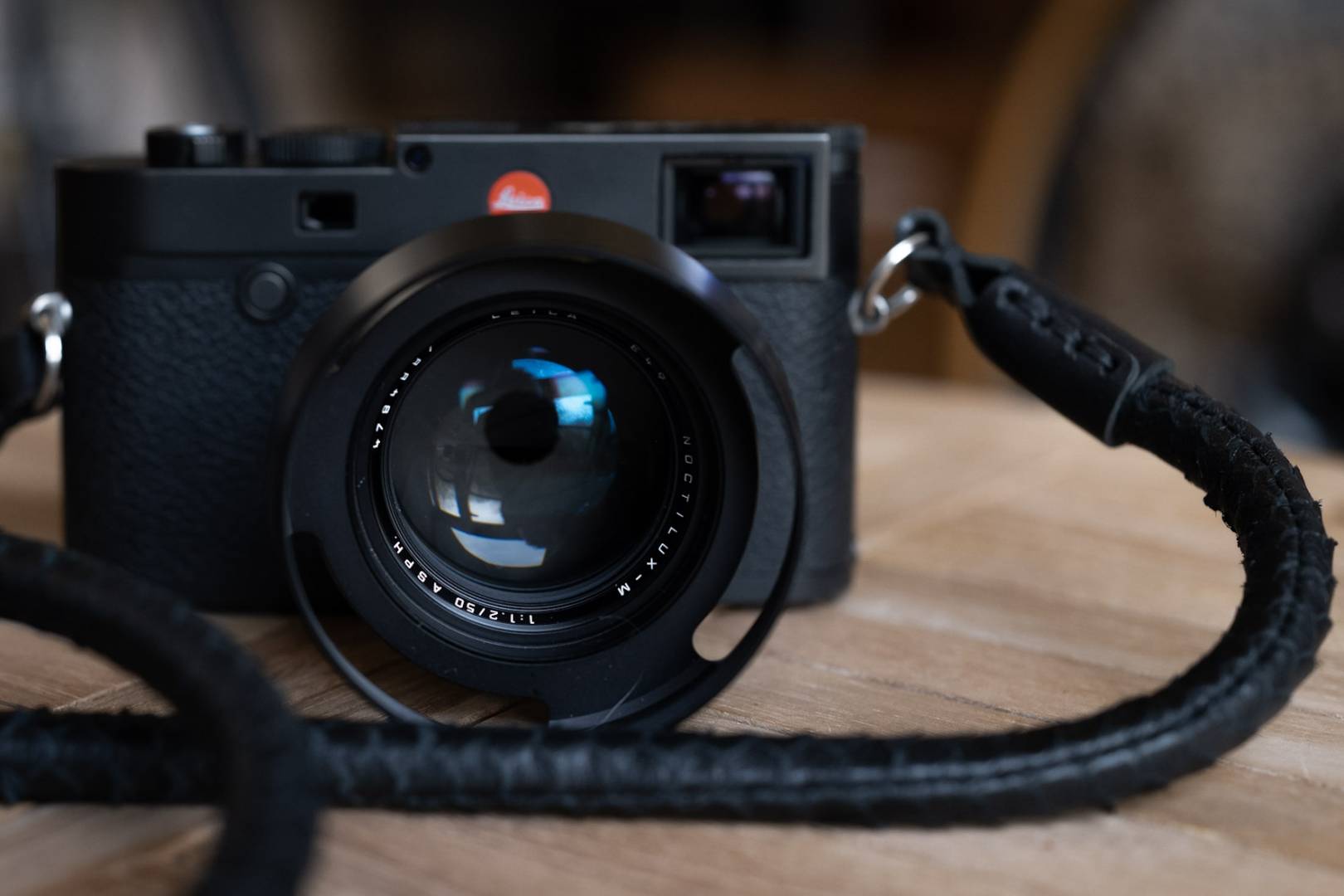
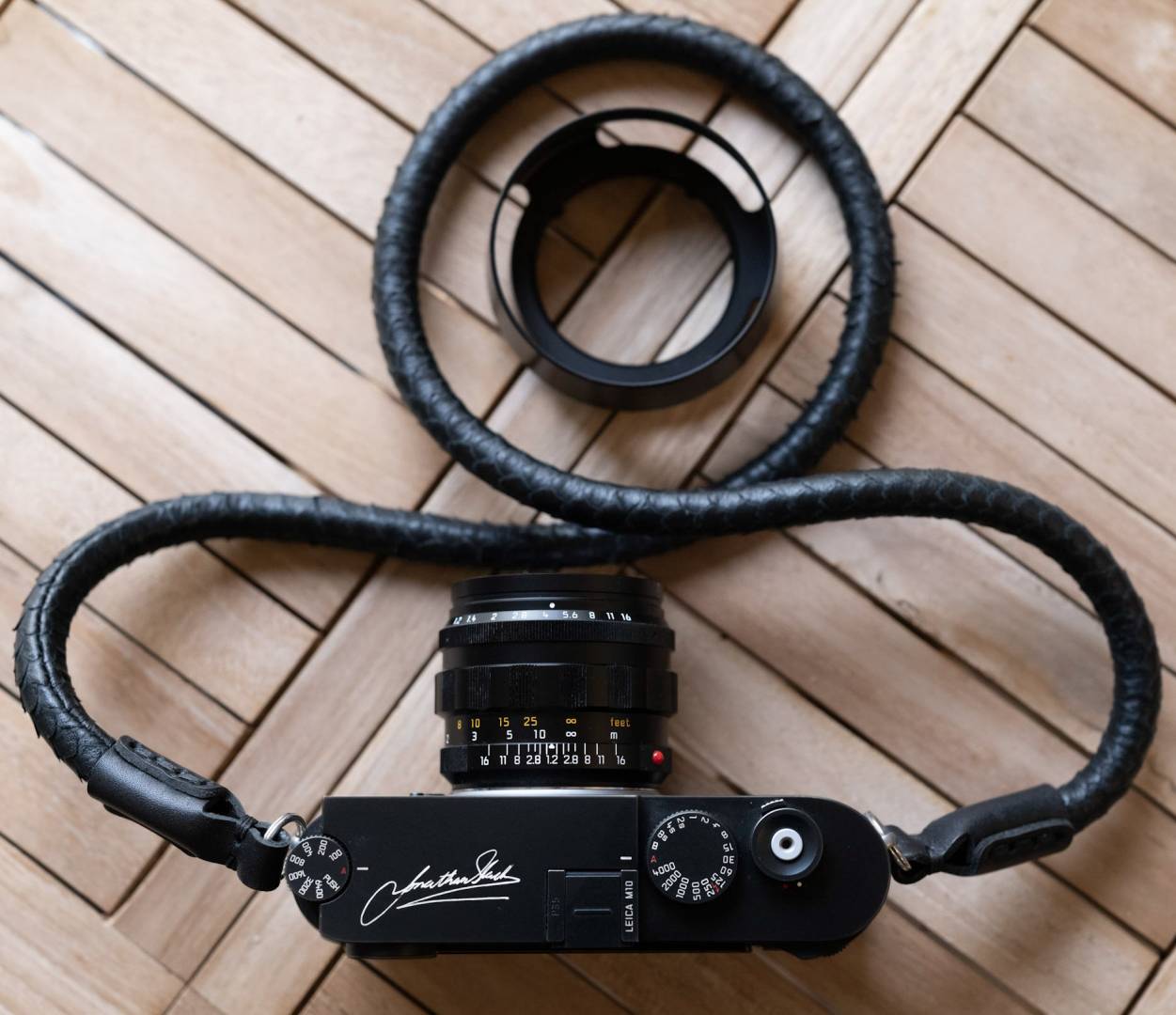

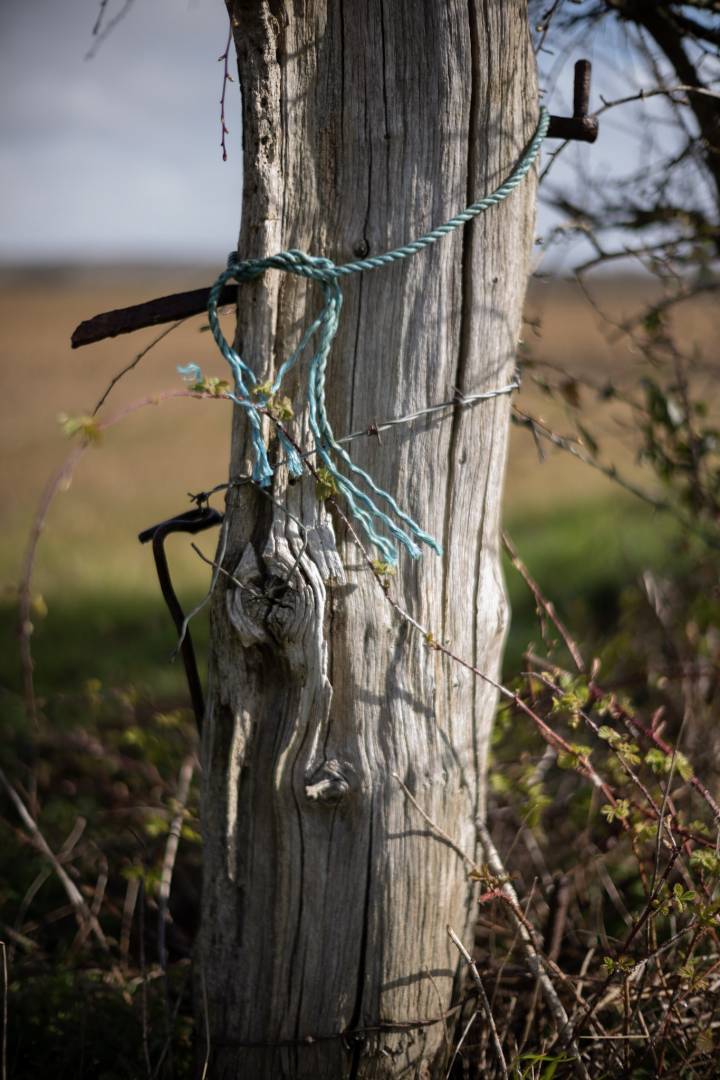
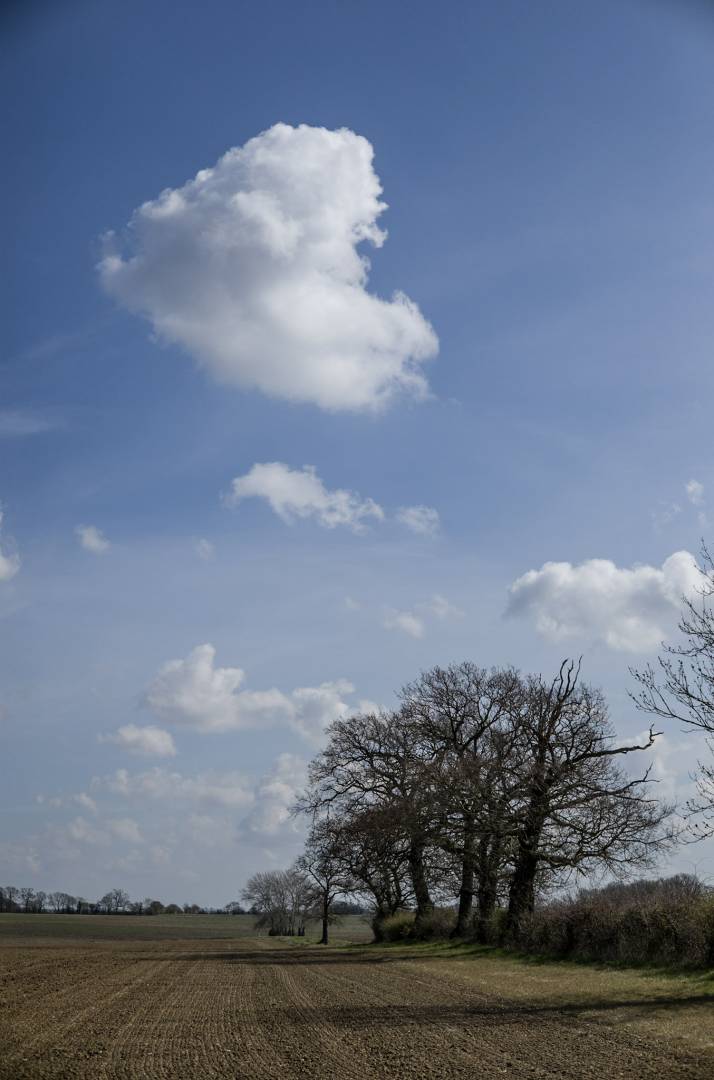
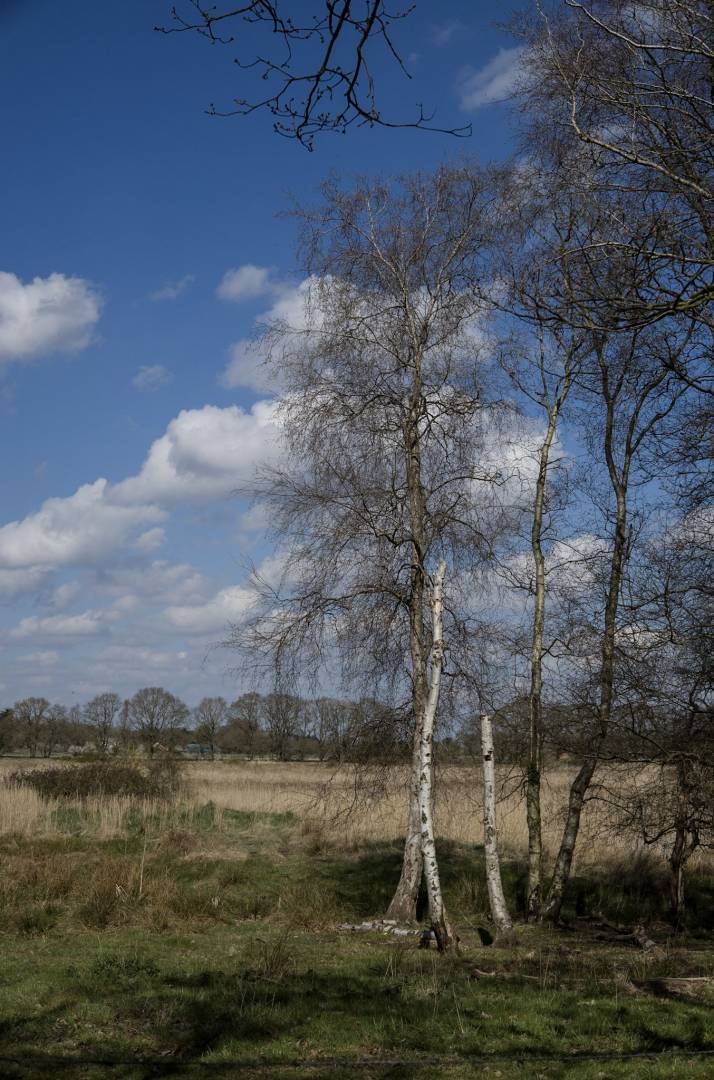
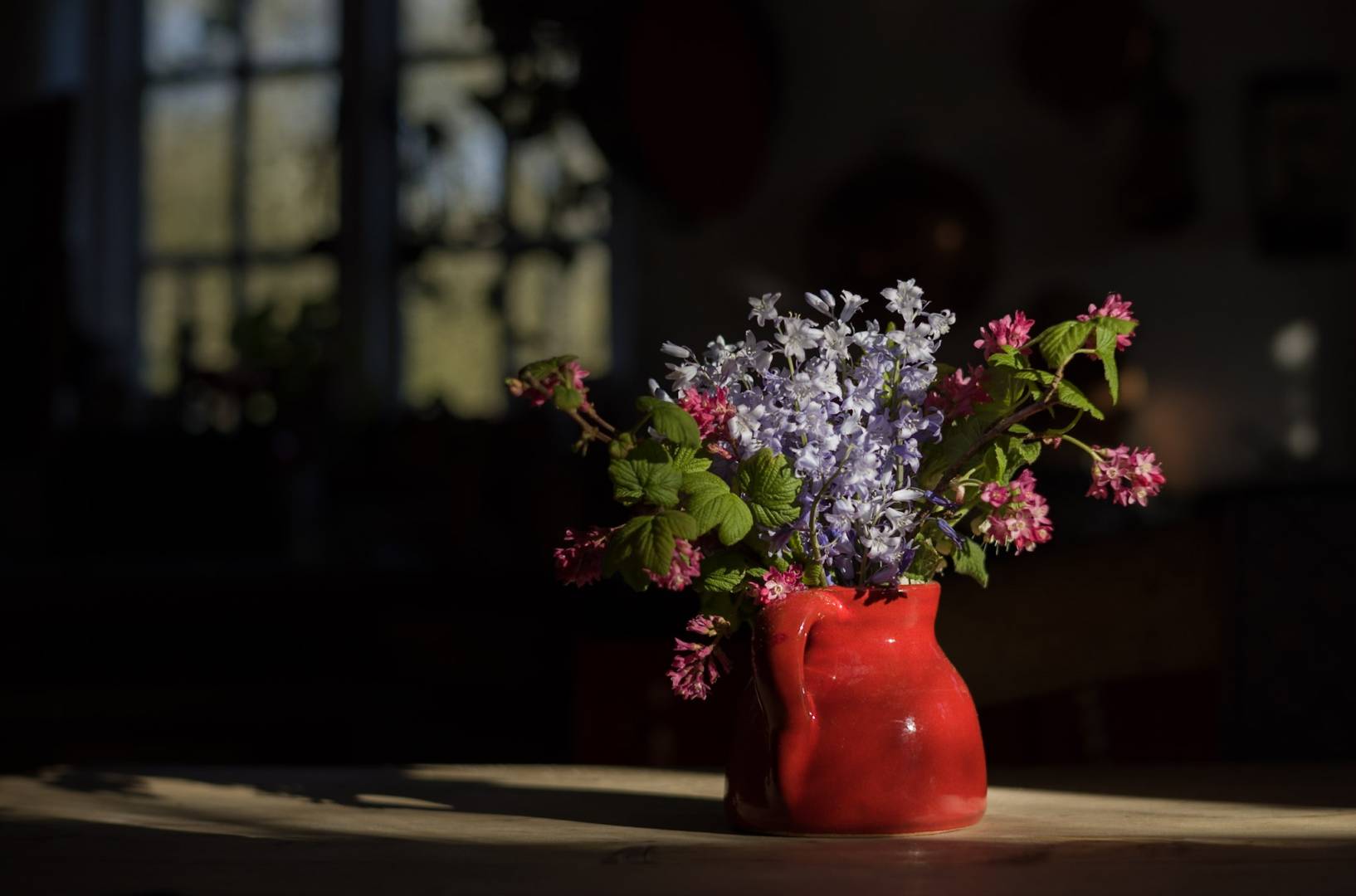
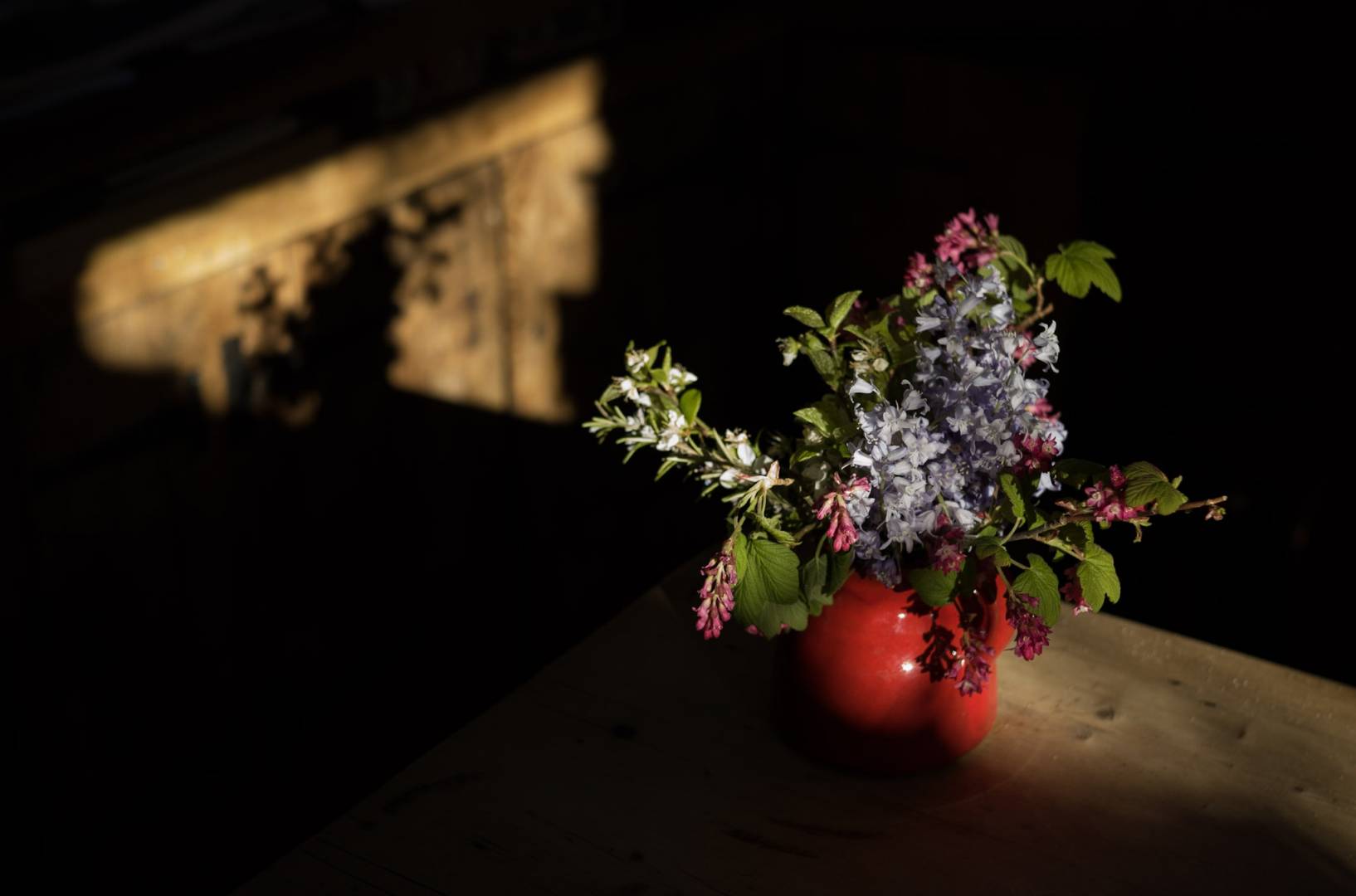
I don’t own an M, but these images certainly pull you in. I noticed a very nice Nomos in one picture. I hope you have managed a trip to the factory in Glashütte.
i just bought one Noctilux 50/1.2, the price is very good due to the currency rate. I bought it in HK at HK$45000 (~USD5780), worth to own one. I love the dreamy swirly bokeh it produces.
Hi Jonathan! I enjoyed these photos! Great capture! I let go of my F 0.95 with no remorse. Don’t get me wrong it’s a fantastic lens but I couldn’t bear the weight after 1 hour. I’m glad they came out with this one.
BTW I was also admiring the strap you have on your M10. May I ask who is it by? I’m considering one to have.
Thank you.
Hi Jonathan, the best one is your grandson’s picture in black and white where this lens shines the most. Otherwise, I think it is too expensive for what it is as everyone has commented. Noone needs something that expensive unless it is less than f1.0 😉
HI Mahesh
I like that one too. I understand why it’s that expensive, and I think it’s reasonable, but whether you actually want it enough to pay for it is a different thing! (I haven’t decided yet).
All the best
Excellent review and a lovely gallery of images to go with it.
Seeing a campervan in the wild made me feel a little sad, as it’s past sign of freedom. Roll on getting back to doing those things again.
Hi There Dave
That campervan is sitting outside my window right now – that was a great camping spot! It was the end of October I think.
Thank you – I’m glad you enjoyed it.
Best
Jonathan
Mine is sitting in secure storage, sad, alone and awaiting my return.
The end of October was the last bit of freedom we genuinely had.
I cannot wait.
Best
Dave
We went off in ours yesterday – 4.1 miles, parked in Pig Lane and walked for a few hours in pouring rain – came back, dog in bag and a light lunch before driving 4.1 miles home again!
Back in the olden days when rangefinders were in common use, there were 2 fast lenses, 50 mm f=1,1 in Nikon and 50mm f=0.95 from Canon. Zunow also made a fast 50 but I have never used that. The Canon and Nikon are not as sharp as current lenses but enabled film users to photograph in difficult light. I still have both of my copies and have used them, but the slower f=1.4 or f=1.8 lenses are usually chosen as they satisfy my sharpness fetish better.
The Leica production of classic lenses is commendable and sales must be good enough to continue the theme. I wonder what is next?
Cheers
Philip
The Summaron-M 35mm f/2.8 will be the next one to be restored.
If I told you I’d have to kill you 🙂
if I knew
I love your reviews but my personal money manager believes you cause me to purchase glass I would not normally be tempted on!
However, I do disagree on your statement that the Summaron 28mm is not an everyday lens. I love the rendering of that lens and sold my incredible m 28/1.4 as I did not need a fast 28 as I had other fast glass and the 28/1.4 never got taken out when I picked lenses.
I love the rendering of this lens but the price does seem a bit extreme even for Leica. Maybe it is time to replace Gerd on the hand grinding 🙂
I absolutely love a number of your images and the rendering is magical but the price is slowing down my credit card.
Did you have any challenges focusing wide open on the SL2 with the softened image?
Hi Brian
No problem focusing with the SL2 – It actually wasn’t a problem on the M10 either.
I stand corrected on the Summaron – I’ll get mine out and about a bit more!
All the Best
Jonathan
Thank you, Jonathan, for this review and a generous collection of sample pictures. You certainly have shown the versatility of this historic design and I particularly like the side portrait of your little Grandson (I presume), deep in thought. The lens excels in that situation.
I regret that I cannot find a reason to place it on my wish list. I just cannot find time or locations for using the ones I already have.
The nearest in age and era of design that I have is a 50 mm rigid Summicron which I bought new in 1966. That gives many of the enduring characteristics of early Mandler designs and I have never felt inclined to part with it, notwithstanding my adding a younger version over time. It is simply lovely for considerate portraiture.
Hi David
I’m glad you enjoyed the review – I foolishly gave my beautiful rigid summicron to my son, just before the price went through the roof! (he does use it though). Lovely lens.
Best
Jonathan